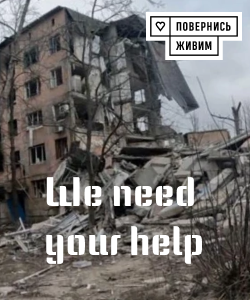Explosion at Iran’s Shahid Rajaee Port: Death toll exceeds 40, with over 1,200 injured
A widespread explosion occurred at Iran's largest and most important commercial port — Shahid Rajaee, located near the city of Bandar Abbas in the south of the country — leading to a significantly more dramatic development of the situation. According to official data, the number of victims has increased considerably: over 40 fatalities and more than 1,200 injuries of varying severity have been reported. The information is provided by Reuters, citing Iranian state media, which confirm the scale of the catastrophe and its destructive impact on the port's infrastructure. The incident took place early in the morning on April 26 and its aftermath affected not only the local infrastructure but also drew international attention. The explosion near shipping containers caused destruction: smashed windows, torn metal strips, broken glass, and damaged cargo — all evidence of the immense power of the blast wave and its destructive force. The damage was so extensive that the impacted zone covered several kilometers around the site of the incident. The event occurred during a period when Iran was actively participating in the third round of nuclear negotiations with the United States in Oman. The pause from diplomatic talks was interrupted by an extraordinary situation that raised concerns about the country's security. According to Iranian officials, as of Sunday evening, fires continued to break out in various zones within the port, with local fire crews and helicopters repeatedly working to contain the fiery destructive flow. The head of the Iranian Red Crescent Society stated that the fire had been partially extinguished — about 90% — and that trading activities had already resumed in parts of the port complex that were not affected by the incident. The exact cause of the explosion remains uncertain; however, local authorities are ironic about possible external factors. Various hypotheses are being considered, with the most frequent suspicion involving the use of chemical substances at the port — particularly, the possibility that these could have triggered a powerful detonation. Iran's Ministry of Defense attempted to dismiss widespread outside speculation that the blast might have been caused by mishandling solid rocket fuel. A ministry spokesperson told Iranian state television that reports from international media are “oriented hostile propaganda” and assured that no military equipment or weapons were stored in the area. International analysts and intelligence agencies, referencing open sources, suggest that the explosion might be related to the export of sodium perchlorate to the port — a chemical used to prepare ballistic missiles for combat readiness. This hypothesis is based on information from the British security firm Ambrey, which reported that significant quantities of this substance were transported through this Iranian port in March. Meanwhile, the Financial Times previously reported that Tehran had sent two ships to China with supplies of ingredients for missiles, suggesting a possible link to the increasing tension in the region, especially in light of recent missile strikes on Israel in 2024. Subsequently, it became clear that the consequences of the explosion had significantly impacted human lives and infrastructure. Preliminary data indicate that the number of injured has exceeded 750, with fatalities from the explosion and port fires reaching at least 8, and likely to increase further. Early reports indicated damage to dozens of containers and cargo, including military supplies, which could have serious implications for regional and international security. Overall, this extraordinary event raises new questions about the security of Iran's port complex, potential causes of the explosion, and its possible implications for regional and global politics. Despite official efforts by authorities to downplay the event, the international community is awaiting further investigation and more detailed explanations from Tehran. In any case, this explosion remains one of the most mysterious and threatening news stories in the realm of contemporary politics and security.

